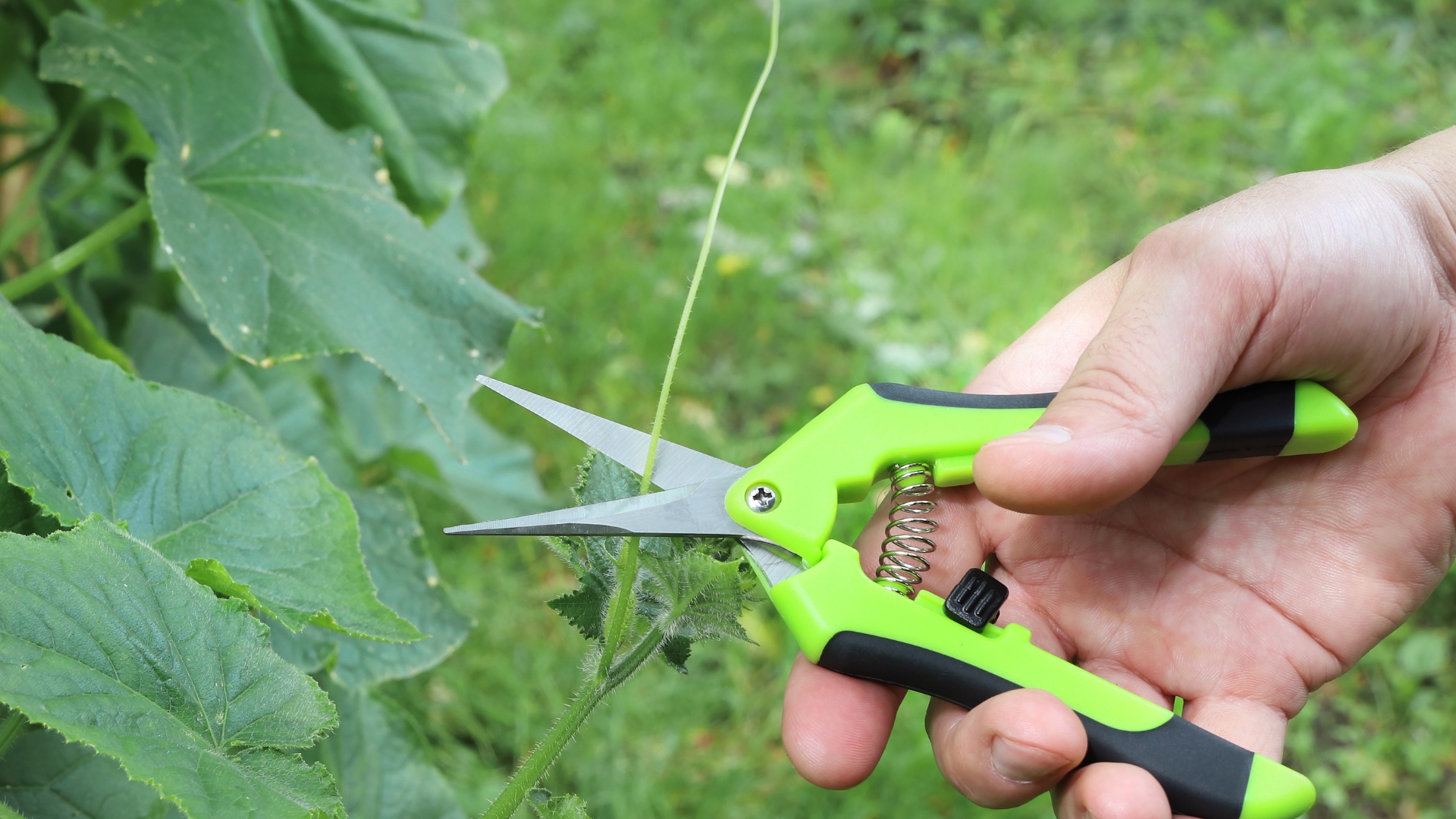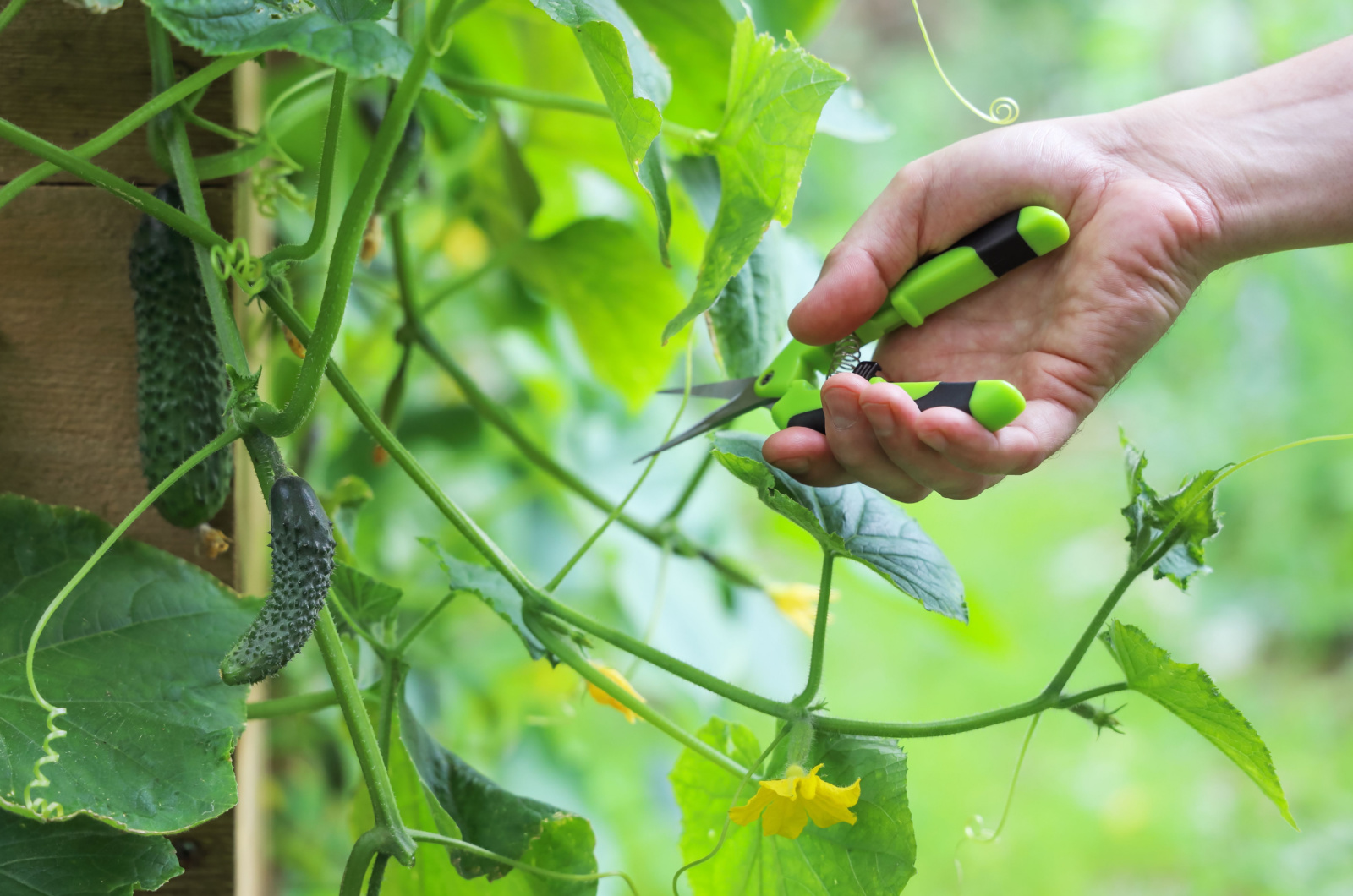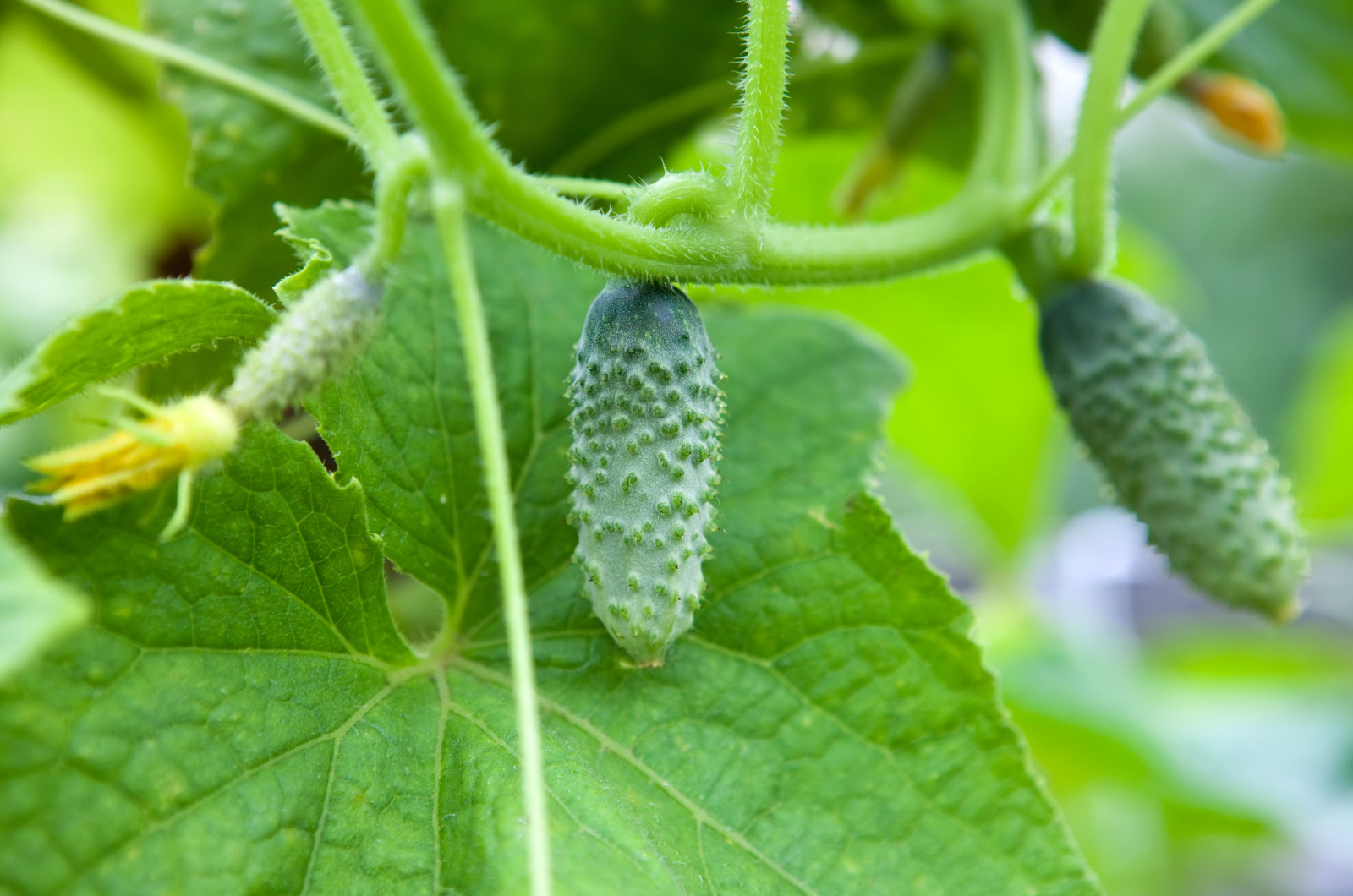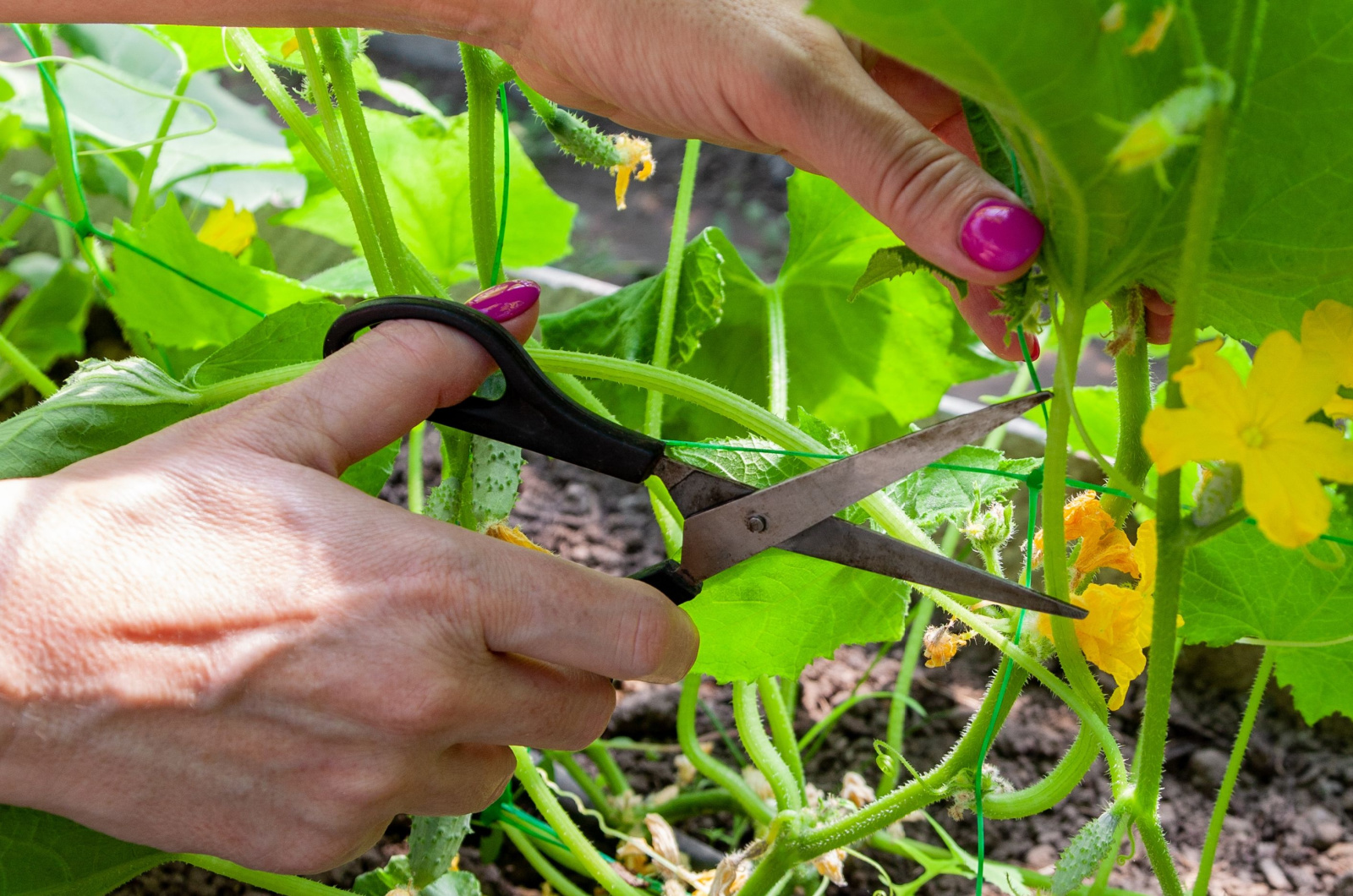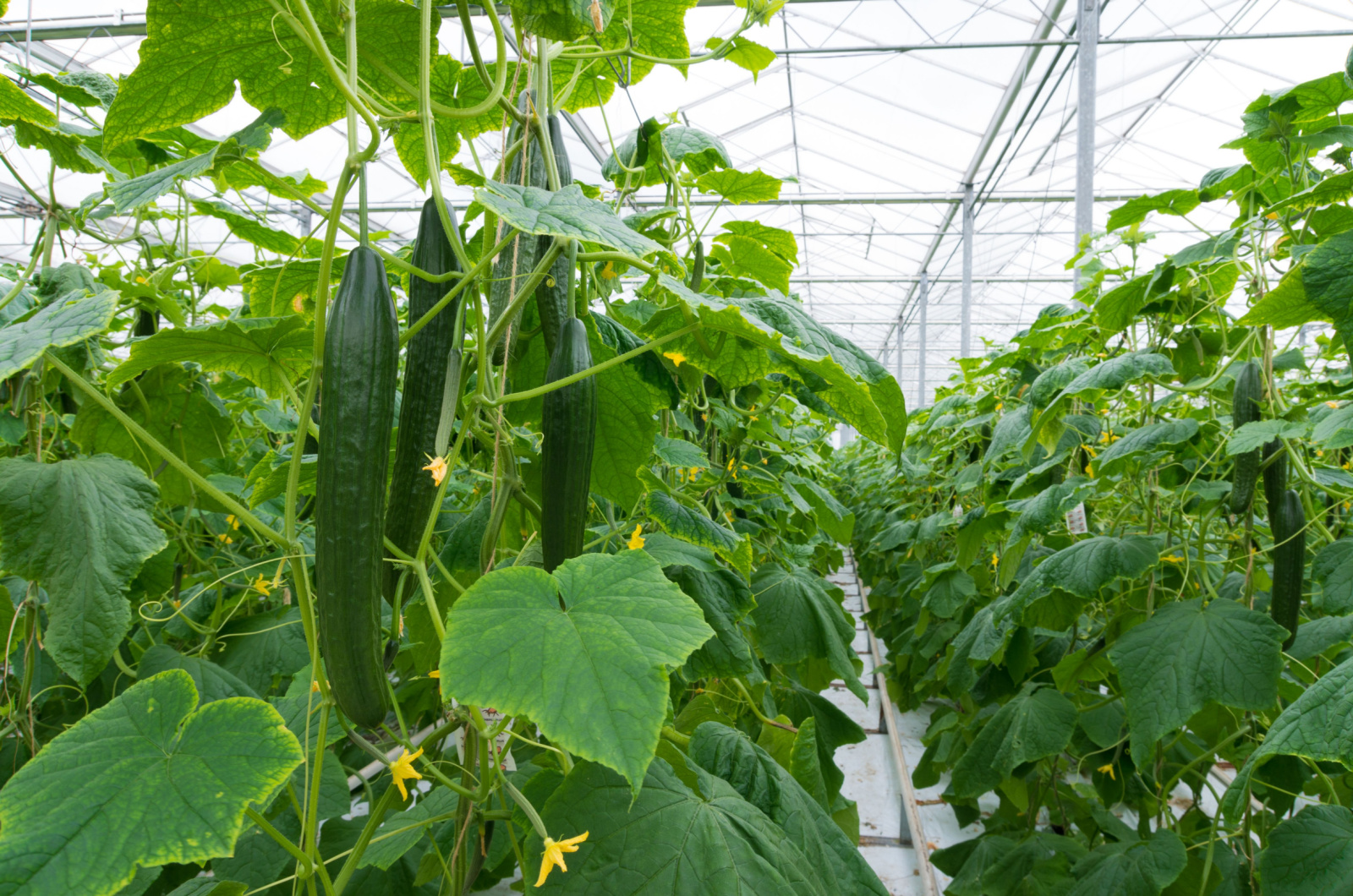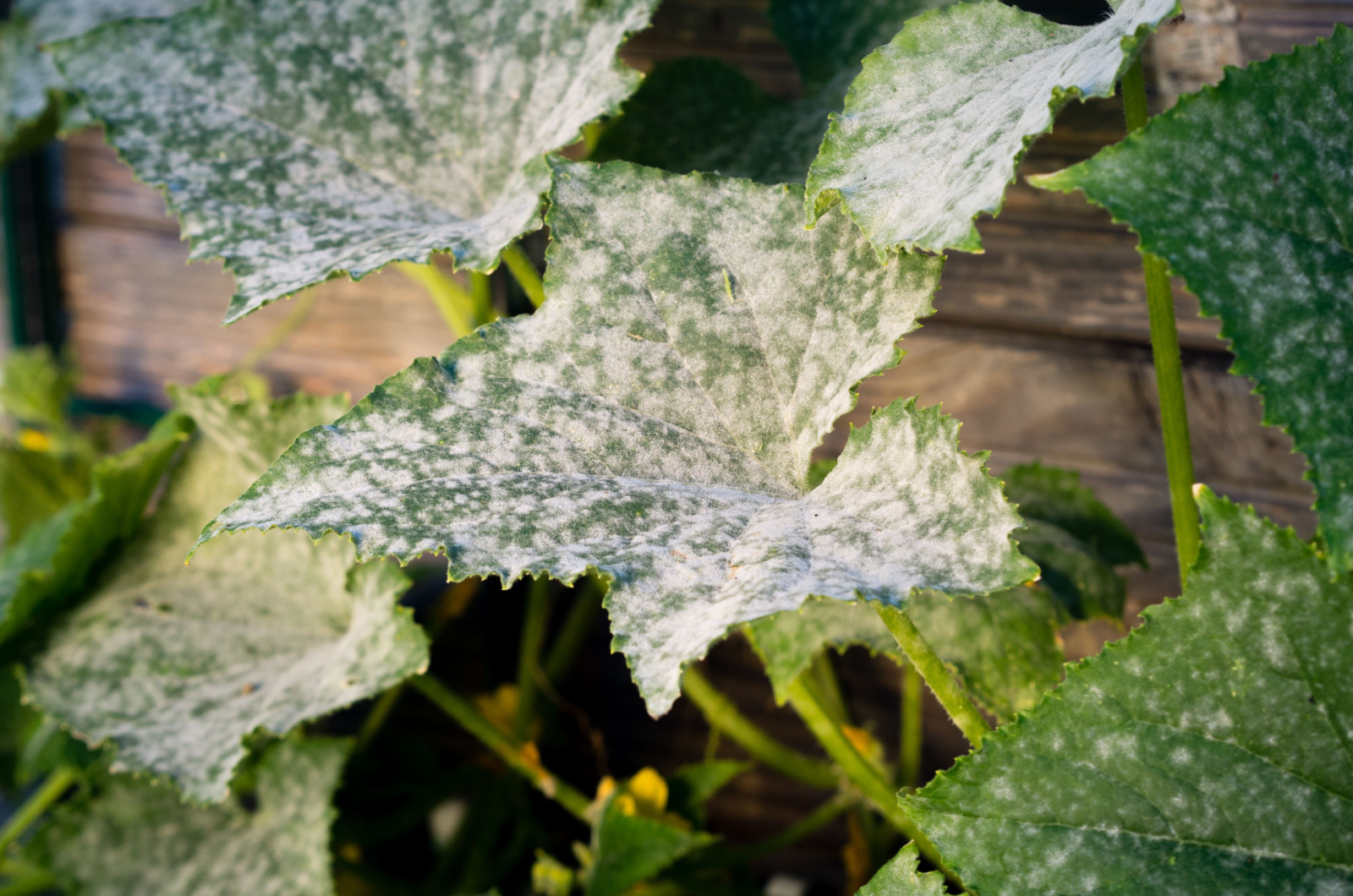If you want juicy and delicious cucumbers, then you should stick around and learn all about pruning!
Pruning cucumber plants is a simple task that can lead to better growth and a bountiful harvest. You’ll get rid of all damaged, diseased, or even unnecessary parts of the plant that might impede proper airflow and attract diseases.
Keep in mind that different pruning methods should be implemented for different types of cucumbers in order to get more flavor and abundant harvests.
And in this article, we are going to cover them all!
Join us as we discuss more about pruning cucumber plants, when you should prune them, and how to do it properly.
Why You Should Prune Cucumber Plants
Pruning your veggie plants is a very important part of plant care – it improves plant health and productivity, and also ensures that the plants receive enough light and air, which ultimately leads to a successful harvest.
The main reason why cucumber plants should be pruned is to conserve their energy.
Once you remove the unnecessary growth, the cucumber plant will focus its energy on fruit production instead of growing new leaves and vines. This results in better crops and increased yield.
As you remove the cucumbers’ excess foliage, you will improve light penetration because you’ll get rid of leaves that might block the sunlight from reaching lower fruits and leaves. Now the light will be equally distributed and all parts of the plant will grow and shine!
Besides improved light penetration, removing excess parts of the plant will also lead to improved air circulation.
Dense cucumber leaves might create an inviting environment for pests and fungi, which can completely destroy the plants. By removing excess leaves and leaving enough space between vines, you are promoting better airflow and a healthier environment.
And lastly, pruned cucumbers are easier to reach and harvest – you don’t get entangled in all the vines and leaves as you normally would.
Related: Popular Herbs You Shouldn’t Grow Near Cucumbers
When You Should Do It
The optimal time to prune cucumbers is once the plants grow between 1-2 feet tall – they usually reach this height when they are about three to five weeks old.
Most gardeners tend to prune them once a week during the growing season, but some even do it twice a week if the plants are in their active growth phase.
Don’t do it too early or you might limit the size of the cucumbers’ vines and reduce fruit production.
What You’ll Need
• Gardening gloves – these are a necessity because they protect your hands from potential skin irritation and scratches.
• Sharp pruning shears – clean and precise cuts are crucial to avoid damaging the plant tissue and spreading diseases.
Identify Which Parts Of The Cucumber Need Pruning
Main Vine And Stems
The leader stem, otherwise known as the main vine, is the plant’s primary growth. You should focus on the 2-5-inch-long secondary vines that grow near the base when pruning. This will lead to improved nutrient distribution and better sunlight exposure.
So, inspect the plant and identify the main vine; once you’ve done that, go trim the secondary vines near the bases and don’t damage the main vine along the way!
Leaves And Shoots
Leaves are necessary for photosynthesis, and shoots, also referred to as suckers, can be spotted in between the plant’s nodes.
What you should do is remove four to six suckers from the bottom of the plant for healthier vine growth. These plants grow quite fast, so make sure to check for suckers every day!
If the shoots are longer than a few inches, snip them off with clippers or pinch off the lowest five to seven nodes.
Flowers And Fruits
Both male and female blooms are found on the plant. Male flowers form a bit earlier while female flowers turn into cucumbers after pollination. To help the plant focus on fruit production, you should remove extra male flowers.
Male flowers don’t have a bulge beneath the petales and females do – use this to navigate between female and male flowers.
Don’t prune all male flowers because they are still needed for pollination. Don’t trim off female flowers because they are needed for fruit production.
Also read: How Many Cucumbers Per Plant And How To Get More
How To Prune Different Types Of Cucumbers
Greenhouse Cucumbers
If you have a greenhouse, then you are guaranteed a bountiful cucumber harvest. Focus on removing the above mentioned parts of the plant, including lateral stems or suckers and bottom leaves.
This will lead to better access to light and improved air circulation, which are especially important in a greenhouse environment.
Make sure to keep consistent temperature and humidity inside your greenhouse to ensure proper growth and development. Set up a trellis to prevent the cucumbers from touching the ground and check for pests and diseases regularly!
Pickling Cucumbers
Pickling cucumbers are smaller than the others and have a thicker skin.
So, when pruning pickling cucumbers, make sure to leave an open canopy that will minimize the risk of plant diseases and also facilitate harvesting.
Use clean pruning shears to get rid of any damaged or unhealthy parts of the plant – make sure to create a 45-degree angle cut where they grow from the leader stem.
Don’t forget to remove any yellowing or browning cucumbers, they are no use!
You should also set up a trellis for your pickling cucumbers to keep them upright and make the harvest easier. Keep an eye out for pests and diseases and take immediate action if you spot any.
Also read: 9 Expert Tips For Growing Perfect Cucumbers in Your Garden
How To Prevent Diseases
Preventing pests and diseases is the main reason why we prune cucumber plants.
By keeping plants at a manageable size, pruning promotes improved air circulation around the plant – no more excess humidity or stagnant air that would otherwise create a perfect environment for all sorts of fungi!
Please note that cucumbers are susceptible to powdery mildew, a widespread fungal disease that can lower yields and negatively affect plant’s overall health.
Getting rid of older leaves that attract powdery mildew will help you prevent this disease (and preventing it is better than treating it later on!).
So, when you are pruning the plants, make sure to focus on damaged, browning, and yellowing leaves because they are prone to pests and diseases.
Always clean your cutting shears or knife between pruning sessions to avoid spreading the disease.
Once you’ve identified the damaged or diseased leaves, make a 45-degree angle cut in a point where leaves connect to the main vine.
Don’t remove too much growth at once because this might stress the plant – just make sure to trim away diseased and excess growth, creating an open space between the leaves.
Also read: Here’s Why Adding Epsom Salt Will Help Your Cucumbers Thrive

